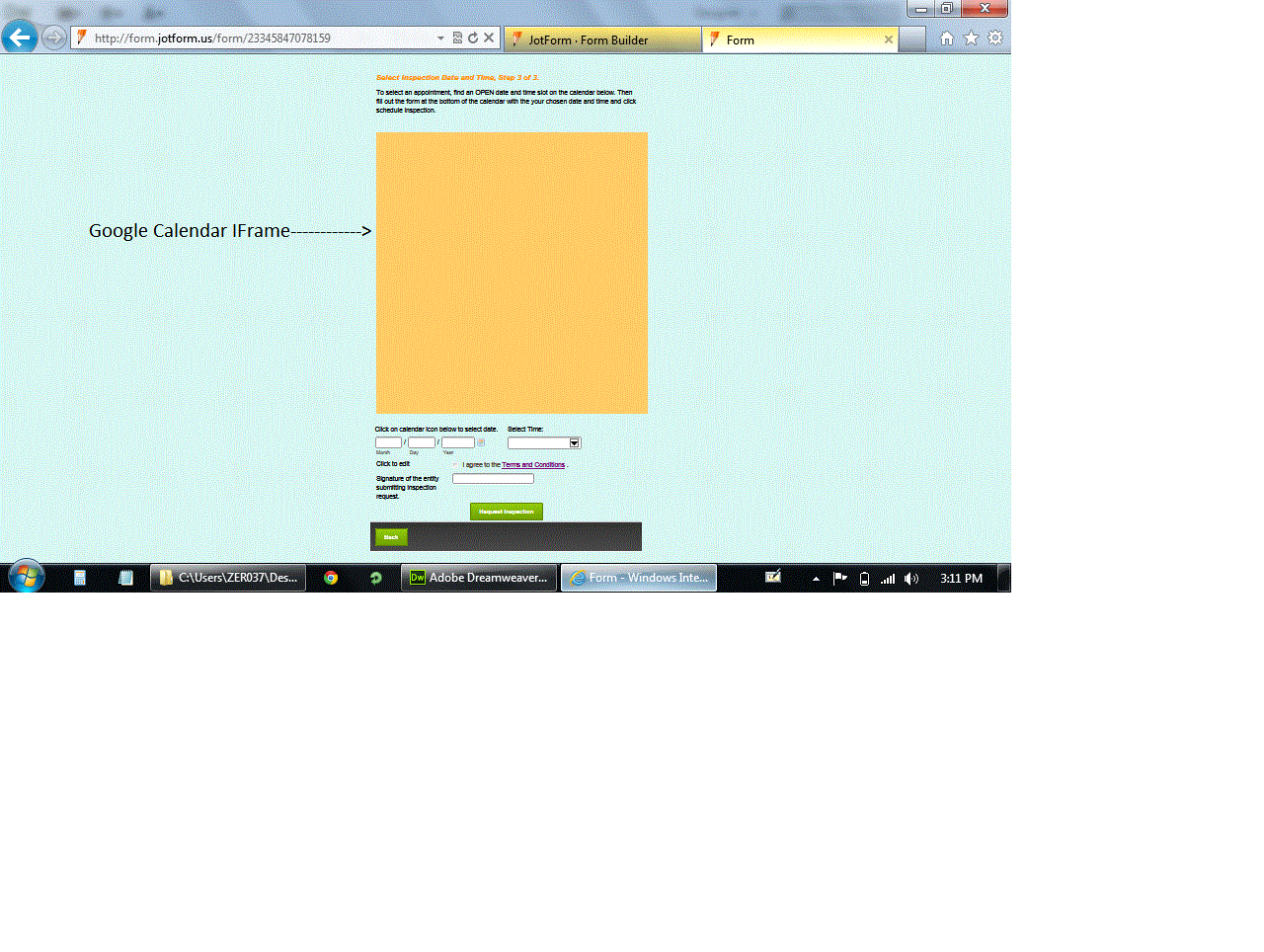
Special coding tells the email program to display them. Other kinds of HTML emails don’t use an internet location for an image instead, the images are included with the email as “hidden” attachments.

It’s also possible to send a single email containing the same message encoded in different ways. HTML email is by far the most common format used for email today. Like rich text email, images can be embedded into the body of HTML email, as well as attached. Almost everything you can do with a webpage can be done in HTML mail: colors, fonts, formatting, and more.

Rich Text email is a Microsoft format that works well between Microsoft email clients. It added “richness” to email by supporting colors, fonts, formatting, sizes and much more.Images can be included, but only as attachments. All email programs support plain text emails. No formatting, no pictures, all in a single, unspecified font. Plain Text email is, as the name implies, plain text and nothing more.There are three formats that can be used to send email: Interspersed with the text of the message, sometimes with the text wrapping around the image, these are meant to display immediately as part of the message as you read it.

Images placed in-line are part of the email message body. Some email programs recognize attachments that happen to be images, and either display them after the message or display thumbnails of the images. They usually appear as icons after the end of the message body, and you typically need to click on the icon to open or display them. These are files of any kind that accompany an email message. Images can be placed in email in either of two ways: Problems converting between email formatsīefore we look at each of those, we need to define a couple of things.Issues relating to how, and whether, images accompany an email message.There are three common reasons why pictures don’t display in an email. Three reasons for pictures not showing in email I’ll review where the incompatibilities are most common, some of the ways pictures can get lost, and one or two workarounds that might help you view those all-important Corgi pictures that someone just sent you.

It’s both frustrating and puzzling when it happens.Įmail has evolved over the years, and as a result, things aren’t always as compatible as we’d like them to be. Someone forwards me an email with humorous pictures (or better yet, pictures of Corgis), and some or all of them don’t display. In fact, it happens to me from time to time as well. This is, unfortunately, an extremely common question.


 0 kommentar(er)
0 kommentar(er)
